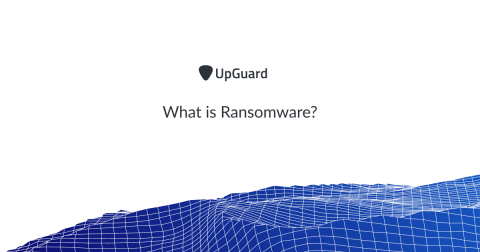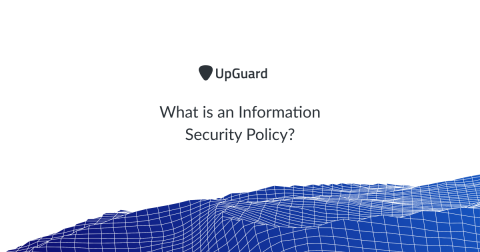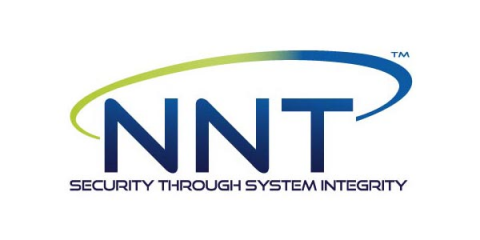WordPress sites hacked through defunct Rich Reviews plugin
An estimated 16,000 websites are believed to be running a vulnerable and no-longer-maintained WordPress plugin that can be exploited to display pop-up ads and redirect visitors to webpages containing porn, scams, and–worst of all–malware designed to infect users’ computers. Researchers at WordFence went public about how hackers are exploiting a zero-day vulnerability in a third-party WordPress plugin called Rich Reviews to inject malvertising code into vulnerable WordPress sites.









